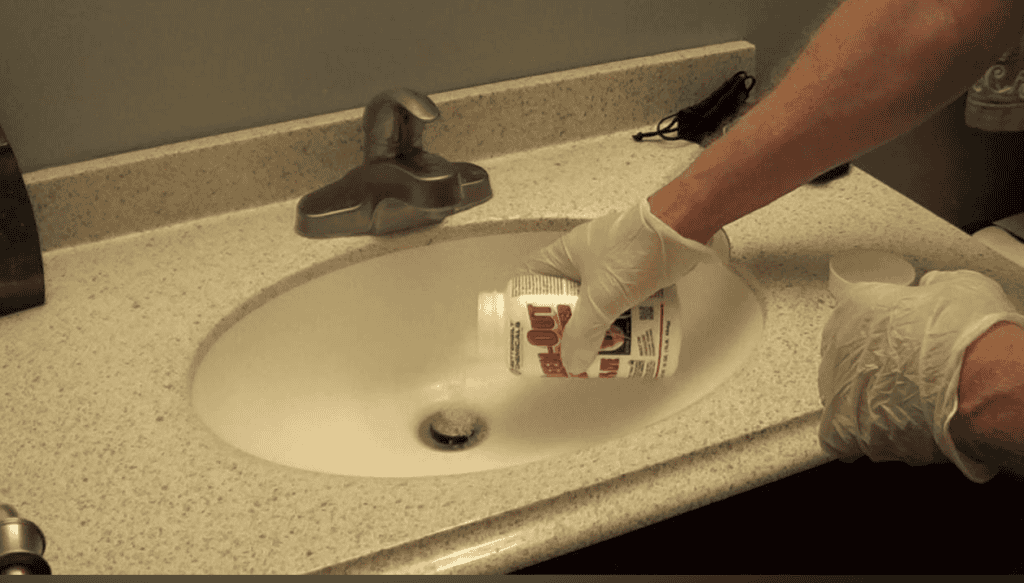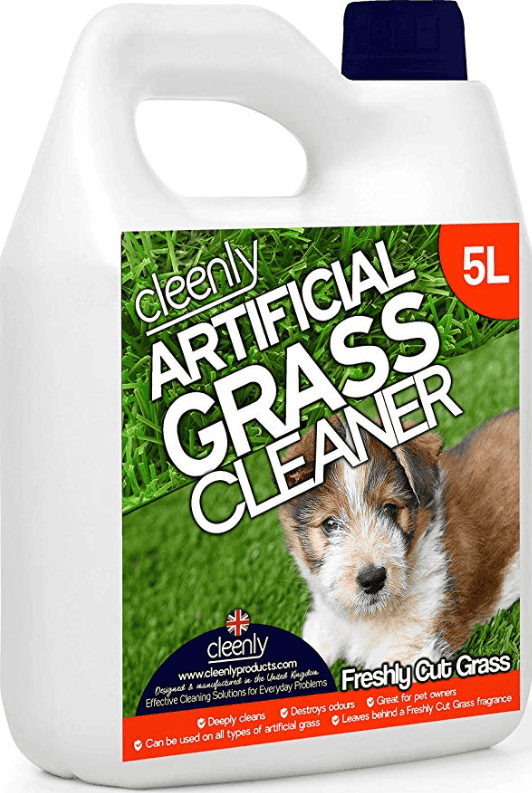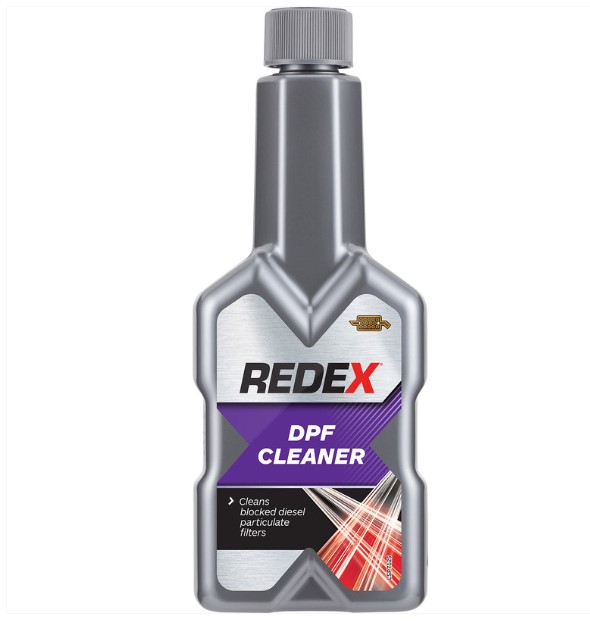Caustic soda, also known as sodium hydroxide, is a highly alkaline substance commonly used as a drain cleaner. It is a powerful chemical that can dissolve organic matter, making it effective in clearing clogged drains. However, due to its corrosive nature, it is crucial to handle caustic soda with caution and follow safety precautions to avoid potential hazards.
The Environmental Impact of Caustic Soda as a Drain Cleaner
caustic soda as drain cleaner: The Environmental Impact
Caustic soda, also known as sodium hydroxide, is a highly corrosive chemical commonly used as a drain cleaner. While it effectively dissolves clogs, its environmental impact raises concerns.
Caustic soda is highly alkaline, with a pH of 13 or higher. When it comes into contact with water, it releases heat and forms sodium hydroxide ions. These ions can damage pipes, fixtures, and septic systems. Moreover, caustic soda can react with organic matter, such as hair and grease, to form harmful byproducts.
One of the primary environmental concerns is the potential for caustic soda to contaminate water sources. If it enters waterways, it can alter the pH balance, harming aquatic life. Additionally, caustic soda can react with other chemicals in the water, creating toxic compounds.
Furthermore, caustic soda can pose a threat to human health. If it comes into contact with skin or eyes, it can cause severe burns and irritation. Inhalation of caustic soda fumes can also lead to respiratory problems.
To mitigate the environmental impact of caustic soda, it is crucial to use it responsibly. Avoid pouring it directly down drains and instead dilute it with water before use. Additionally, consider using alternative drain cleaning methods, such as enzymatic cleaners or baking soda and vinegar.
Proper disposal of caustic soda is also essential. Never pour it down the drain or into the environment. Instead, neutralize it with an acid, such as vinegar, and dispose of it at a hazardous waste facility.
In conclusion, while caustic soda can be an effective drain cleaner, its environmental impact should not be overlooked. By using it responsibly and disposing of it properly, we can minimize its harmful effects on the environment and protect human health. Alternative drain cleaning methods should be considered whenever possible to reduce the reliance on caustic soda and its associated risks.

Alternatives to Caustic Soda for Drain Cleaning
WPAICG_IMAGE
caustic soda as drain cleaner: Alternatives and Considerations
Caustic soda, also known as sodium hydroxide, is a highly corrosive chemical commonly used as a drain cleaner. While it can effectively dissolve clogs, its use poses significant risks to health and the environment. Therefore, it is crucial to explore safer and more sustainable alternatives.
One effective alternative is baking soda and vinegar. Baking soda neutralizes acids, while vinegar breaks down organic matter. To use this method, pour half a cup of baking soda down the drain, followed by half a cup of vinegar. Let it sit for 30 minutes, then flush with hot water.
Another option is a mixture of salt and boiling water. Salt helps to dissolve grease and hair, while boiling water flushes the clog away. Pour half a cup of salt down the drain, followed by a gallon of boiling water. Repeat if necessary.
For stubborn clogs, a drain snake can be used. This flexible tool can reach deep into the drain and physically remove the obstruction. However, it is important to use caution to avoid damaging the pipes.
If these methods fail, it may be necessary to call a professional plumber. They have specialized equipment and expertise to safely and effectively clear clogs.
In addition to these alternatives, there are several precautions to consider when using caustic soda as a drain cleaner. Always wear protective gear, including gloves, goggles, and a mask. Open windows to ventilate the area, as caustic soda fumes can be harmful.
Never mix caustic soda with other chemicals, as this can create dangerous reactions. If caustic soda comes into contact with skin or eyes, flush immediately with water and seek medical attention.
Due to its corrosive nature, caustic soda should be used as a last resort and only in well-ventilated areas. By exploring safer alternatives and taking appropriate precautions, you can effectively clear clogs without compromising your health or the environment.
How to Safely Use Caustic Soda to Unclog Drains
caustic soda as drain cleaner: A Guide to Safe and Effective Use
Caustic soda, also known as sodium hydroxide, is a powerful chemical that can effectively unclog drains. However, it is crucial to use it safely and responsibly to avoid potential hazards.
Understanding Caustic Soda
Caustic soda is a highly alkaline substance that can dissolve organic matter, including hair, grease, and soap scum. It is available in various forms, such as flakes, granules, and liquids. When mixed with water, it generates heat and releases corrosive fumes.
Safety Precautions
Before using caustic soda, it is essential to take the following safety precautions:
- Wear protective gear, including gloves, goggles, and a mask.
- Ensure adequate ventilation by opening windows or using a fan.
- Never mix caustic soda with other chemicals, such as bleach or acids.
- Keep it away from children and pets.
Unclogging Drains with Caustic Soda
To unclog drains using caustic soda, follow these steps:
- Prepare the Solution: Dissolve 1/2 cup of caustic soda flakes or granules in 1 gallon of cold water.
- Pour the Solution: Slowly pour the solution down the clogged drain.
- Let it Sit: Allow the solution to sit for 15-30 minutes.
- Flush with Water: Run hot water through the drain for several minutes to flush out the dissolved debris.
Additional Tips
- For stubborn clogs, you may need to repeat the process.
- If the clog is deep in the drain, use a drain snake to push the solution further down.
- Avoid using caustic soda on aluminum or galvanized pipes, as it can damage them.
- If the clog persists or you encounter any difficulties, contact a professional plumber.
Conclusion
Caustic soda can be an effective drain cleaner when used safely and responsibly. By following the precautions and instructions outlined above, you can effectively unclog drains without compromising your safety or damaging your plumbing system. Remember to always prioritize safety and seek professional assistance if necessary.
The Dangers of Using Caustic Soda as a Drain Cleaner
The Dangers of Using Caustic Soda as a Drain Cleaner
Caustic soda, also known as sodium hydroxide, is a highly corrosive chemical commonly used as a drain cleaner. While it can effectively dissolve clogs, its use poses significant risks to both individuals and the environment.
Caustic soda reacts violently with water, releasing heat and fumes that can cause severe burns to the skin, eyes, and respiratory tract. Contact with the chemical can lead to tissue damage, scarring, and even blindness. Additionally, the fumes can irritate the lungs and cause coughing, shortness of breath, and other respiratory problems.
The corrosive nature of caustic soda also poses risks to plumbing systems. It can damage metal pipes, fittings, and fixtures, leading to leaks and costly repairs. Furthermore, the chemical can react with organic matter in drains, creating toxic gases that can escape into the home.
Environmental concerns also arise from the use of caustic soda as a drain cleaner. When disposed of improperly, it can contaminate waterways and harm aquatic life. The chemical can alter the pH balance of water bodies, making them unsuitable for fish and other organisms.
Moreover, caustic soda can react with other chemicals in drains, creating hazardous byproducts. For example, mixing it with bleach can produce chlorine gas, which is highly toxic and can cause severe respiratory distress.
Given the inherent dangers associated with caustic soda, it is strongly recommended to avoid using it as a drain cleaner. Alternative methods, such as enzymatic drain cleaners or mechanical drain snakes, are safer and more effective options.
If caustic soda is accidentally spilled or comes into contact with skin or eyes, immediate medical attention should be sought. The affected area should be flushed with copious amounts of water for at least 15 minutes. Protective gear, such as gloves and goggles, should be worn when handling the chemical.
In conclusion, while caustic soda may be a quick and convenient solution for clogged drains, its use poses significant risks to human health and the environment. Safer and more effective alternatives are available and should be used instead. By avoiding the use of caustic soda as a drain cleaner, individuals can protect themselves, their homes, and the environment from potential harm.



